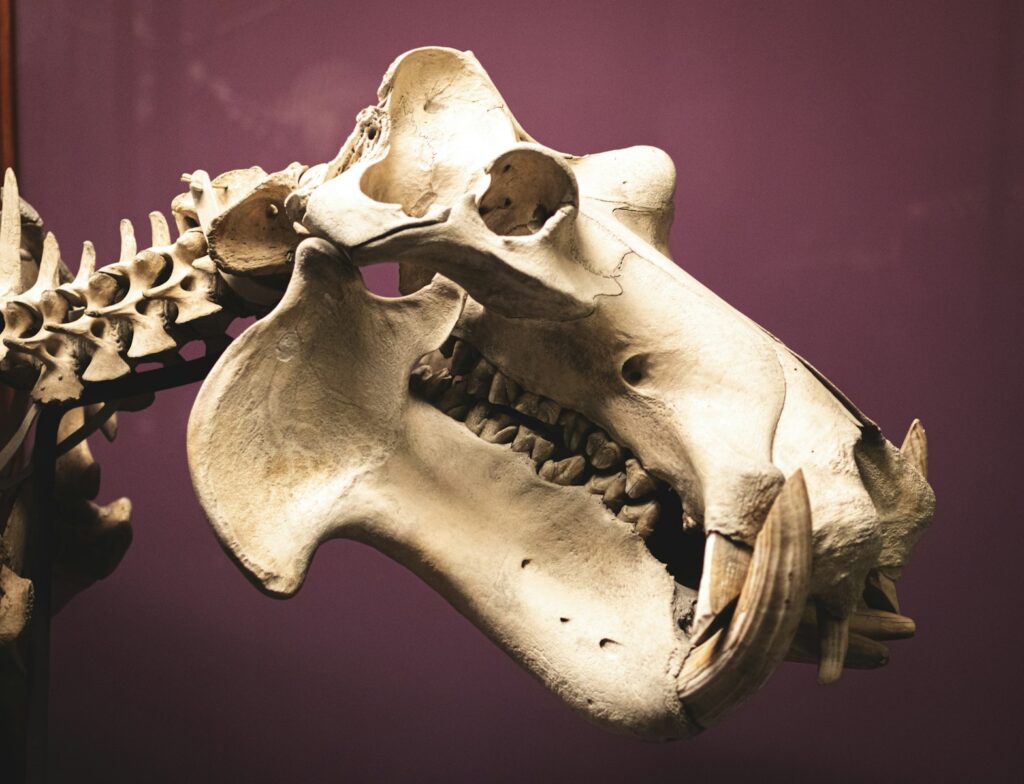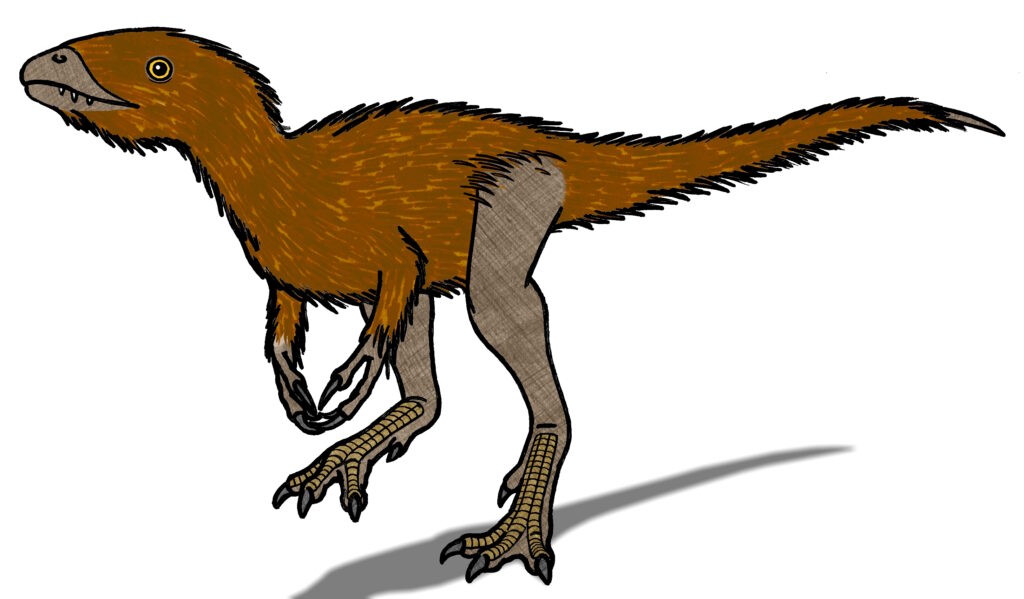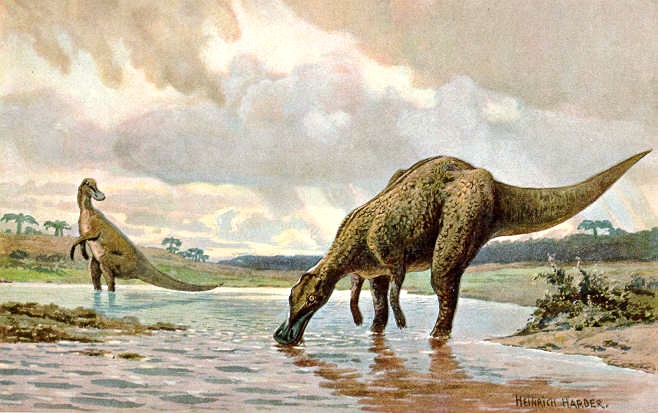The prehistoric world of dinosaurs has long captured human imagination, spawning countless scientific investigations and popular representations. However, alongside legitimate paleontological research, a bizarre parallel universe of dinosaur conspiracy theories has emerged in pop culture. These range from the merely speculative to the wildly outlandish, often blending fragments of scientific fact with pure fiction. This article explores some of the strangest dinosaur conspiracies that have captivated audiences through movies, television, literature, and internet forums, examining how these theories reflect our cultural fascination with these extinct creatures and our tendency to reimagine history through the lens of fantasy.
The Government’s Secret Dinosaur Program

One of the most persistent dinosaur conspiracies suggests that governments around the world have discovered living dinosaurs and are keeping them hidden in vast underground facilities for research purposes. Proponents of this theory often point to alleged “black budget” programs dedicated to capturing and studying these prehistoric creatures in remote locations. The conspiracy gained traction after the release of films like Jurassic Park,” which depicted the scientific possibility of dinosaur resurrection through preserved DNA. Some believers claim that whistleblowers have emerged with tales of working in subterranean labs where velociraptors and other species are being weaponized for military applications. Despite the complete absence of credible evidence, this theory continues to thrive in certain corners of the internet, demonstrating how pop culture narratives can fuel conspiratorial thinking about dinosaurs.
Hollow Earth Dinosaur Havens

The Hollow Earth conspiracy theory predates dinosaur discoveries but has eagerly incorporated them into its mythology. According to this theory, dinosaurs never went extinct but instead retreated to vast caverns and underground worlds beneath the Earth’s surface, where they continue to thrive in hidden ecosystems. This concept has been popularized in films like Journey to the Center of the Earth and, more recently, in Godzilla vs. Kong, which featured a hollow Earth realm populated by prehistoric creatures. The theory often encompasses the belief that entrances to this subterranean world exist at the Earth’s poles or in remote mountain ranges, jealously guarded by those who know the truth. Some proponents have even produced elaborately detailed maps of these supposed inner-Earth dinosaur civilizations, complete with their evolutionary paths divergent from surface life. Despite being scientifically impossible, given our understanding of the Earth’s structure, the allure of hidden dinosaur worlds continues to captivate imaginative minds.
Dinosaurs and Ancient Aliens

The intersection of ancient alien theories and dinosaur conspiracies has created a particularly fertile ground for speculation. According to these theories, dinosaurs were either created by extraterrestrial visitors as biological experiments on early Earth or were themselves an alien species that colonized our planet. Some versions suggest that advanced alien civilizations used dinosaurs as a workforce or biological resource before abandoning them to extinction. The popular History Channel series “Ancient Aliens” has dedicated episodes to exploring potential connections between dinosaurs and extraterrestrial beings, often highlighting alleged anomalies in the fossil record as “evidence.” Proponents sometimes point to particularly unusual dinosaur species, like the long-necked sauropods or the bizarrely crested Parasaurolophus, as proof of alien genetic manipulation. This conspiracy merges paleontological mysteries with UFO mythology to create a narrative where Earth’s prehistoric past becomes an interplanetary saga.
The Dinosaur Extinction Cover-Up

While mainstream science generally accepts that dinosaurs were wiped out by an asteroid impact approximately 66 million years ago, conspiracy theorists have proposed numerous alternative extinction scenarios they claim are being suppressed. Some suggest that dinosaurs were eliminated in a prehistoric nuclear war between advanced civilizations that has been erased from historical records. Others believe that dinosaurs fell victim to biological warfare conducted by time travelers or interdimensional beings. These theories often claim that unusual geological formations or unexplained radiation levels at certain paleontological sites constitute evidence for these alternative extinction events. The conspiracy typically includes accusations that paleontologists and geologists are actively hiding evidence that would overturn conventional understanding of prehistoric timelines. These narratives reflect a distrust of scientific authority and a desire to reimagine dinosaur extinction as something more dramatic and intentional than a natural disaster.
Dinosaurs in Modern Times

The belief that certain dinosaur species survived extinction and exist in remote regions today has spawned numerous cryptozoological quests and conspiracy theories. The most famous example is the supposed existence of plesiosaurs (marine reptiles often incorrectly classified as dinosaurs) in lakes around the world, with Scotland’s Loch Ness Monster being the most renowned alleged specimen. Similarly, the mokele-mbembe, a purported sauropod-like creature in the Congo Basin, has inspired expeditions and documentary films for decades. Conspiracy theorists claim that scientific institutions refuse to acknowledge eyewitness reports of these creatures because doing so would undermine established evolutionary timelines. Some believers point to coelacanths—fish thought extinct for 65 million years until discovered alive in 1938—as proof that prehistoric creatures can survive undetected. These theories often incorporate indigenous folklore and colonial-era reports as evidence, blending cultural narratives with paleontological speculation to suggest dinosaurs still walk (or swim) among us.
Dinosaurs and Biblical Literalism

A unique strain of dinosaur conspiracy theories emerges from Young Earth Creationism, which attempts to reconcile the existence of dinosaur fossils with a literal interpretation of biblical creation accounts. According to these theories, dinosaurs coexisted with humans in the recent past, perhaps even being taken aboard Noah’s Ark during the Great Flood. The Creation Museum in Kentucky famously displays dioramas showing humans and dinosaurs living together peacefully. Some adherents suggest that biblical references to “behemoth” and “leviathan” actually describe dinosaurs and that ancient dragon legends worldwide represent cultural memories of human-dinosaur interactions. More extreme versions of this conspiracy claim that conventional dating methods for fossils are deliberately manipulated to support evolutionary timescales at the expense of biblical chronology. While mainstream science considers these views pseudoscientific, they have inspired a significant body of alternative paleontological literature and media, including the “Dinosaurs of Eden” concept that has spawned books, films, and educational materials for certain religious communities.
Dinosaurs as Failed Genetic Experiments

A modern conspiracy theory that has gained popularity in online forums suggests that dinosaurs were failed genetic experiments conducted by advanced prehistoric human civilizations. According to this theory, a technologically sophisticated human society existed millions of years ago and engaged in biological engineering that produced the diverse and often bizarre creatures we now classify as dinosaurs. Proponents claim that the unusual anatomical features of many dinosaur species—such as the tiny arms of Tyrannosaurus rex or the elaborate crests of ceratopsians—represent genetic modifications gone wrong. The theory further suggests that these experiments eventually escaped containment, leading to the downfall of this advanced civilization. Evidence cited by believers often includes supposed anomalous artifacts found in coal seams or ancient strata, interpreted as technological remnants of this lost civilization. This conspiracy effectively reverses the established evolutionary timeline, recasting dinosaurs as products of human creation rather than evolutionary predecessors.
Dinosaur Bones as Dragon Remains

Some conspiracy theories attempt to reframe our understanding of dinosaur fossils by connecting them to dragon legends from various cultures worldwide. These theories suggest that ancient dragons were real creatures—either dinosaurs that survived into historical times or unrelated reptilian species misidentified by modern paleontologists as dinosaurs. Proponents point to the remarkable similarities between traditional dragon depictions in art and literature and certain dinosaur species, particularly those with horns, frills, or armored bodies. The conspiracy often claims that early fossil discoveries were deliberately misclassified to establish the new scientific field of paleontology rather than validating “superstitious” folk traditions about dragons. This theory has been particularly influential in popular culture, inspiring fantasy novels and films that blur the line between dinosaurs and mythological dragons. Some versions suggest that medieval dragon-slaying legends record actual historical encounters with the last surviving dinosaurs, effectively merging paleontological history with folklore.
The Dinosauroid Theory

Perhaps one of the most scientifically inspired yet still highly speculative dinosaur theories involves the concept of the “dinosauroid”—a hypothetical humanoid creature that might have evolved from certain dinosaur species had they not gone extinct. This idea was first proposed by paleontologist Dale Russell in the 1980s as a thought experiment regarding the possible evolutionary trajectory of Troodon, a relatively intelligent dinosaur with stereoscopic vision and manipulative digits. While Russell’s speculation was presented as a scientific hypothesis rather than fact, conspiracy theorists have taken the concept much further. Some claim that dinosauroids did evolve and either live in hiding today or represent an alien species that periodically visits Earth. More elaborate versions suggest that certain world leaders or influential figures are dinosaurs in disguise, controlling human civilization from the shadows. This conspiracy has been featured in science fiction stories and television shows, blending legitimate evolutionary speculation with outlandish theories about reptilian humanoids infiltrating human society.
Time-Traveling Dinosaur Hunters

A particularly creative conspiracy theory that has gained traction in science fiction communities suggests that dinosaur fossils are becoming increasingly rare not because of natural scarcity but because of time travelers who journey to the prehistoric era to hunt dinosaurs as trophies. According to this theory, wealthy big-game hunters from the future have exhausted the wildlife resources of their own time and now exploit temporal tourism to bag extinct species. Some versions claim that temporal paradoxes caused by these activities have created multiple divergent timelines with different dinosaur species, explaining apparent inconsistencies in the fossil record. The conspiracy sometimes incorporates alleged “out of place artifacts” found near dinosaur remains as equipment abandoned or lost by these chronological poachers. This theory gained particular popularity after Ray Bradbury’s classic short story “A Sound of Thunder,” which depicted a time safari gone wrong with far-reaching consequences. Though purely fictional, the time-traveling dinosaur-hunter conspiracy represents how science fiction concepts can evolve into speculative pseudo-history in certain corners of pop culture.
Dinosaurs Engineered for Entertainment

Following the popularity of the “Jurassic Park” franchise, a conspiracy theory emerged suggesting that real dinosaur cloning has already been achieved but is being hidden from the public until the technology can be perfected for commercial entertainment. Proponents claim that remote island facilities—not unlike the fictional Isla Nublar—currently house prototype specimens being prepared for eventual dinosaur theme parks or safari experiences. The conspiracy often cites mysterious purchases of tropical islands by billionaires and unusual cargo shipments to remote locations as evidence of these secret operations. Some versions suggest that bioengineering corporations are gradually releasing hints about dinosaur resurrection capabilities through fictional entertainment to normalize the concept before revealing actual living specimens. The theory sometimes includes claims that theme park accidents involving mechanical dinosaur attractions were incidents involving real cloned specimens that escaped containment. This conspiracy reflects how fictional narratives about dinosaur recreation have sparked imagination about what might be happening behind closed laboratory doors.
Dinosaur Fossils as Profit-Driven Hoaxes

At the end of dinosaur conspiracy theories lies the claim that dinosaurs never existed at all and that the entire field of dinosaur paleontology represents an elaborate scientific hoax. According to this fringe view, fossil specimens are either fabricated entirely or cobbled together from the remains of various known animals to create fictional prehistoric monsters. Proponents suggest that this conspiracy began in the 19th century as museums competed for sensational exhibits to attract visitors and has been perpetuated by the academic establishment, fossil dealers, and the entertainment industry. The theory often points to reconstructions and artistic interpretations of dinosaurs that have changed dramatically over time as evidence of the supposed fabrication. Some versions claim that the “dinosaur industry”—encompassing academic research, museum exhibitions, fossil markets, and entertainment—represents a multi-billion-dollar enterprise built entirely on fraudulent science. While completely contradicted by the overwhelming physical evidence of dinosaur existence, this conspiracy theory demonstrates how even the most well-established scientific fields can face extreme skepticism in certain corners of popular discourse.
Underground Dinosaurs in Popular Media

The portrayal of dinosaur conspiracies in popular media has significantly influenced public perception and helped propagate these theories beyond fringe communities. Television shows like “Primeval” and “Terra Nova” have explored concepts of temporal anomalies connecting modern humans to dinosaur eras, while films like “The Valley of Gwangi” blended dinosaur survival with Western themes decades before “Jurassic Park” revolutionized dinosaur entertainment. Video games frequently incorporate secret dinosaur areas or levels, with the “Turok” series and “Dino Crisis” featuring government conspiracies around dinosaur existence. Comic books and graphic novels have embraced dinosaur conspiracies particularly enthusiastically, with Marvel Comics’ “Savage Land” representing a hidden prehistoric realm where dinosaurs continued to thrive. These fictional portrayals often incorporate genuine paleontological information alongside completely speculative elements, blurring the lines between science and fantasy for audiences. The persistence of dinosaur conspiracy narratives across various media platforms demonstrates their enduring appeal as storytelling devices that connect humanity’s fascination with both prehistoric life and mysteries.
Conclusion

The proliferation of dinosaur conspiracy theories in popular culture reveals much about our relationship with prehistoric life and scientific authority. These theories, while scientifically unfounded, satisfy a human desire to reimagine history in more dramatic, mysterious, or personally meaningful ways. They transform the distant, often clinical world of paleontology into narratives of adventure, cover-ups, and hidden knowledge. While professional scientists may view these conspiracies with frustration, they represent a peculiar form of cultural engagement with dinosaurs that extends beyond the museum exhibit or textbook. As long as dinosaurs continue to captivate our imagination, these alternative narratives will likely persist alongside scientific understanding, reminding us that even extinct creatures continue to evolve—if only in the landscape of human imagination.




